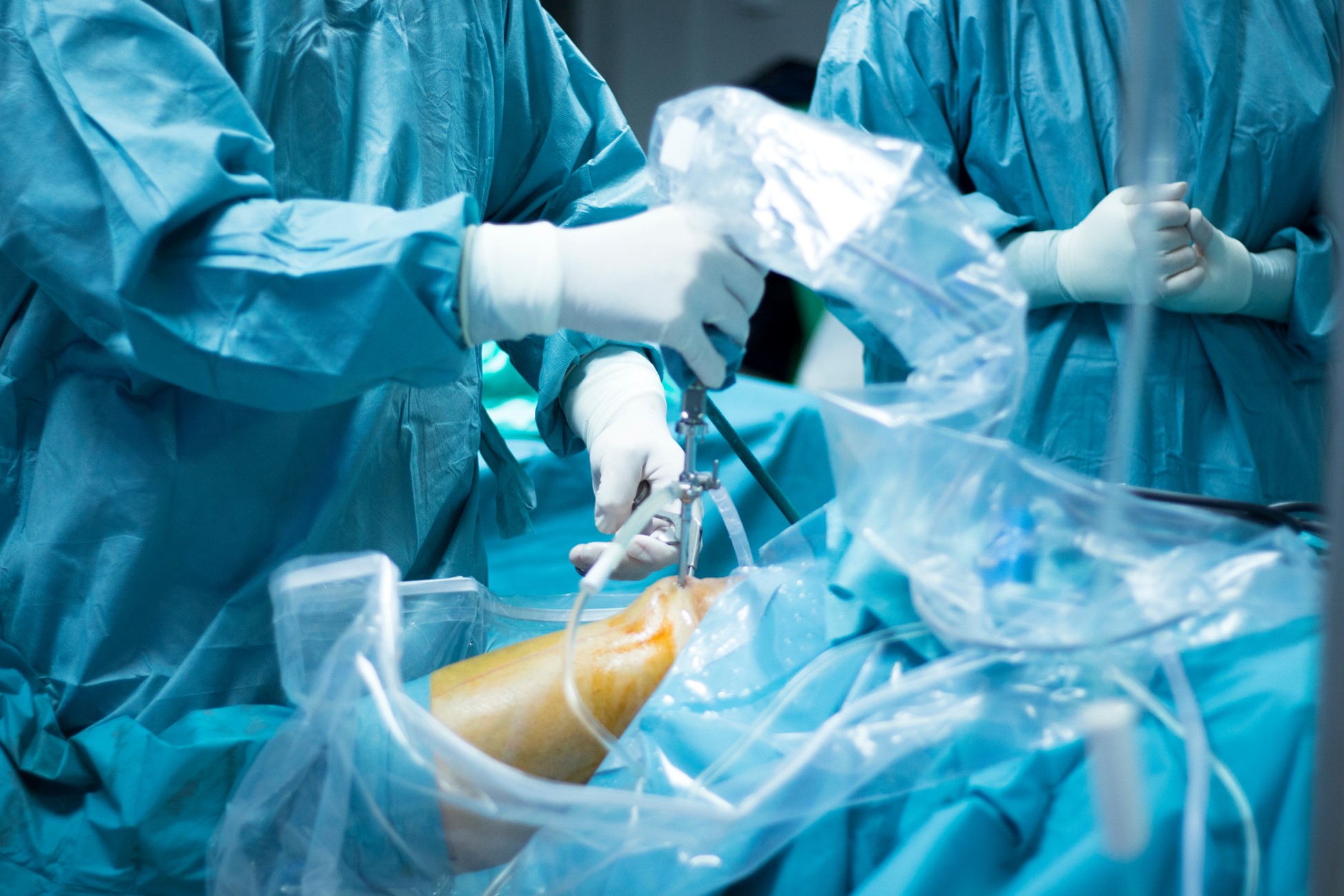Knee arthroscopy is a minimally invasive surgical procedure to diagnose and treat a variety of knee conditions.
By utilizing a small camera called an arthroscope, surgeons can access the knee joint through tiny incisions, enabling a quicker recovery, reduced pain, and improved outcomes compared to traditional open surgeries.
It involves inserting a small camera into the knee joint to visualize, diagnose, and treat various knee conditions. It is performed by orthopedic surgeons who specialize in knee arthroscopy.
Common Conditions Treated
- Meniscus tears
- Ligament injuries (e.g., ACL or PCL tears)
- Cartilage damage
- Knee joint infections
- Patellar (kneecap) problems
- Synovitis (inflammation of the joint lining)
Procedure
- Anesthesia and incision placement
- Arthroscope insertion and examination
- Treatment interventions
- Closure of incisions
Benefits of Knee Arthroscopy
- Minimally invasive approach
- Smaller incisions and reduced scarring
- Less post-operative pain
- Faster recovery and rehabilitation
- Lower risk of complications
- Improved visualization and accuracy for surgical interventions
Recovery and Rehabilitation
- Pain management strategies
- Physical therapy exercises
- Return to normal activities and sports
- Follow-up appointments and care instructions
Risks and Complications
- Infection
- Bleeding or blood clots
- Nerve or blood vessel damage
- Knee stiffness or instability
- Allergic reactions to anesthesia or medications
Knee arthroscopy provides an effective solution for various knee conditions, allowing patients to recover faster and regain their mobility and quality of life.

